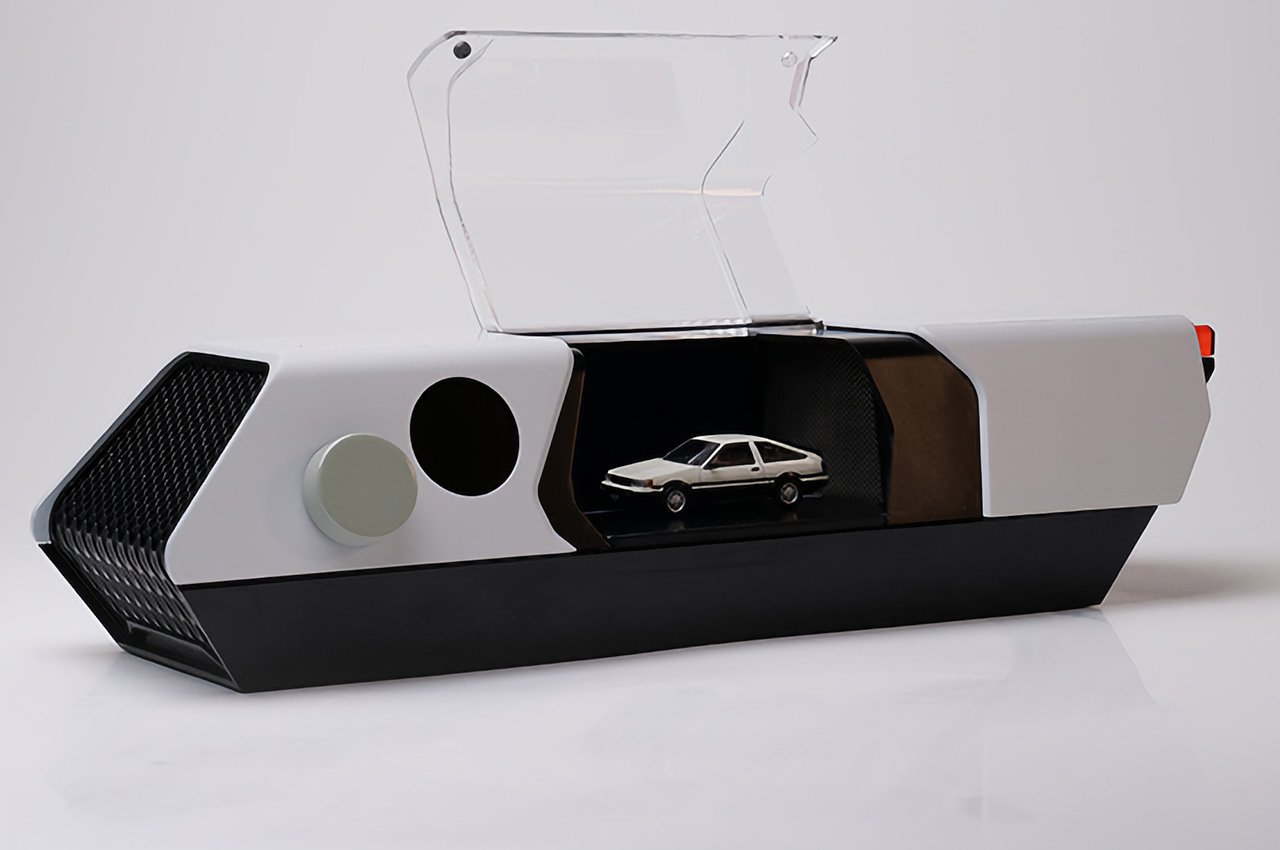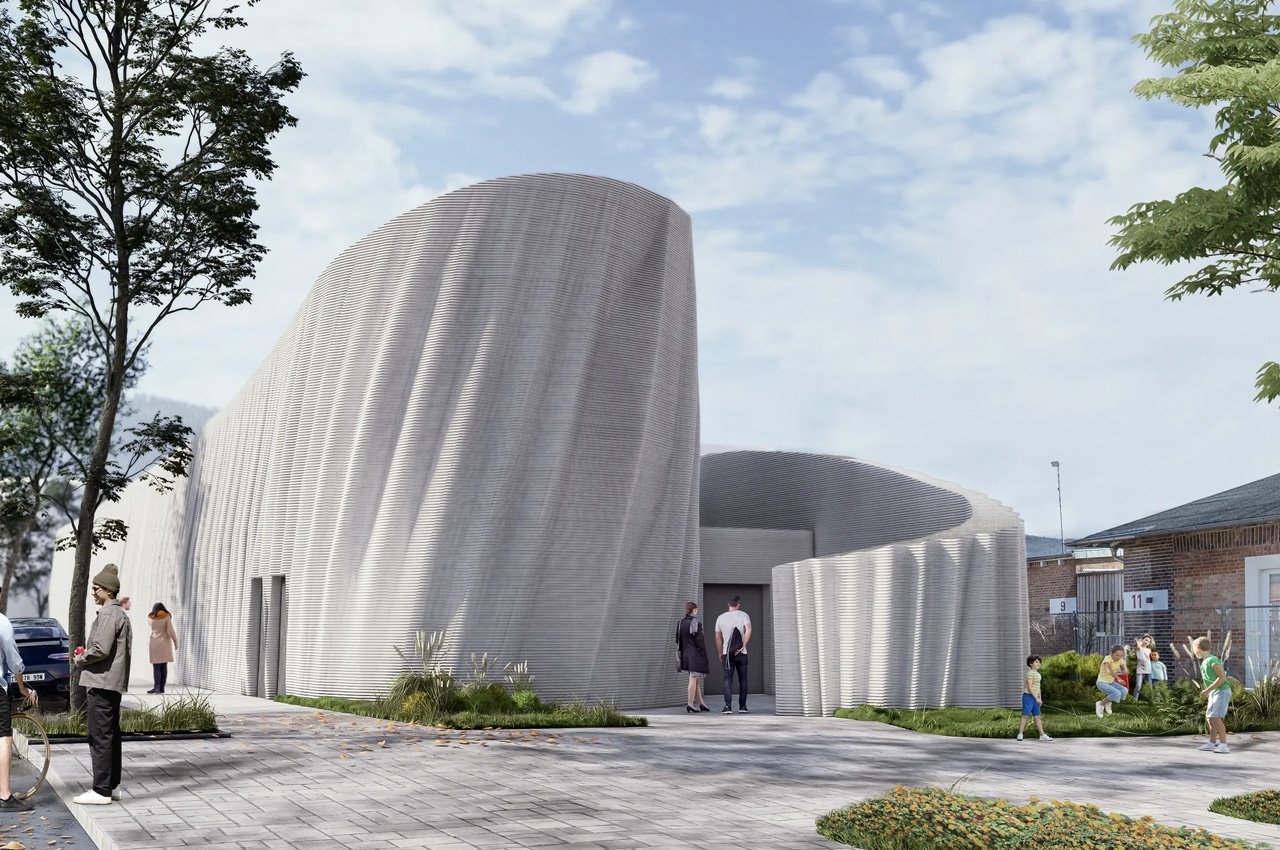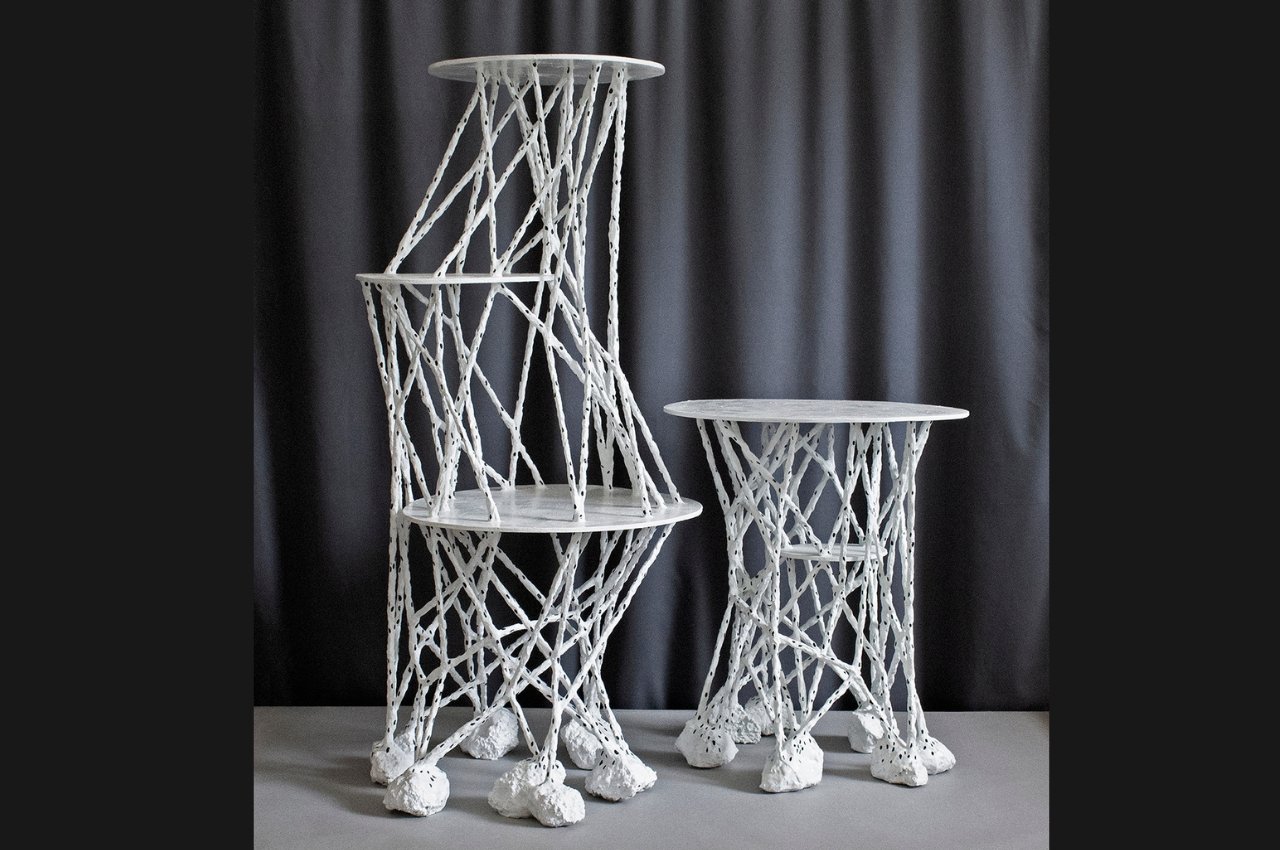Every face tells a unique, personal story, serving as a central connector between human beings. Our ability to read faces unlocks relationships from the moment we are born. Research shows that newborns have an innate preference for face-like patterns. They are drawn to faces with open eyes and expressions of interest, indicating they are attuned to social engagement and building emotional bonds.
When designing objects like cars, which have deeply rooted cultural meaning, we often sketch face-like compositions. They have evolved from purely functional arrangements like on the BMW 328 from 1936, to iconic brand features of headlights, kidney grille, and the BMW roundel with the introduction of the BMW 1500, the Original Neue Klasse in 1961.


Cars can be designed to look friendly, determined, or majestic, intuitively telling the story of potential, trust, and identity. Personally, I would like to believe that as car designers, we give cars a face so we can see their soul. Through design, we tap into the emotional side of a vehicle and form a bond between car and driver, driving us to create meaningful products.
continued below …
– – – – – – – – – – – – – – – – –
Visualized: A Timeline of BMW Grilles across 19 Models and Concepts
 BMW 303 (1933)
BMW 303 (1933)
 BMW 503 (1956)
BMW 503 (1956)
 BMW 507 (1956)
BMW 507 (1956)
 BMW 1500 (1961)
BMW 1500 (1961)
 BMW M1 (1978)
BMW M1 (1978)
 BMW 3 Series (1990)
BMW 3 Series (1990)
 BMW 3 Series (2011)
BMW 3 Series (2011)
 BMW i3 (2013)
BMW i3 (2013)

BMW 8 Series, BMW Z4 (2018)
 BMW 3 Series Sedan (2018)
BMW 3 Series Sedan (2018)
 BMW Vision iNEXT (2018), M NEXT (2019)
BMW Vision iNEXT (2018), M NEXT (2019)
 BMW X7, BMW 7 Series (2019)
BMW X7, BMW 7 Series (2019)

BMW 4 Series Coupe (2020)
 BMW i5 (2023)
BMW i5 (2023)
 BMW i7 (2022)
BMW i7 (2022)
 BMW iX2 (2024)
BMW iX2 (2024)
– – – – – – – – – – – – – – – – –
It starts with a face, but doesn’t end there
Humans connect through listening and empathizing. While modern technology often seems to separate us from these human traits, as designers, we must focus on crafting experiences that integrate technology to enhance the driver’s relationship with their car. We must aim to transcend mere function and create deeper, more nuanced human connections in every product interaction.
Since the BMW 1500, cars have become more intelligent and intuitive through technological advances like head-up displays, gesture and voice control, and customizable driving modes. They function as multi-sensory systems with multi-modal abilities, much like humans do.

The car’s face is also evolving. Recent vision vehicles transform the vehicle’s front-end into a single interaction area. A lighting effect with precise three-dimensional animation initiates intuitive interaction between the human and their vehicle as soon as they approach the car. It’s not just the outer aesthetics that form the face, but how the car interacts with people. These “faces” elevate humanized experiences and interactions, making drivers feel seen and understood like never before. Future cars will respond in ways true to their character – caring, perceptive, enthusiastic, introspective, adventurous, silly, creative.

In-car intelligence is growing exponentially, becoming increasingly precise in sensing passengers’ needs and wants. For example, it can sense when a person is tired, stressed or happy. This sensitivity has the potential to enhance everyday wellbeing experiences, responding to mood through facial recognition and other technologies to enhance the journey.
As a designer, I’m excited about how this emotional connection will deepen, allowing technology to reconnect not just with the car itself, but also with the world around us and with nature for a more symbiotic relationship.
Humanized Experiences
Immersing oneself into a world is a powerful means of connection. Today’s drive modes, like sport or comfort, offer shortcuts to pre-set configurations that personalize and enhance the driving experience. Through perfect orchestration of sensual elements such as sound, light, textures, animated artwork, temperature, etc., designers are creating even more immersive environments within the car. Future car interiors will allow drivers to explore digital worlds from within, transforming the car into a portal to entirely different realms of entertainment, gaming or wellbeing.


As we re-evaluate the soul of the car, opportunities for experiential automotive design multiply. Embracing intelligent systems, like AI, allows us to enhance what we love about cars: going beyond a commodity to get from A to B towards a fully humanized experience with a trusted, soulful companion.

Photography and Renderings Courtesy of BMW



